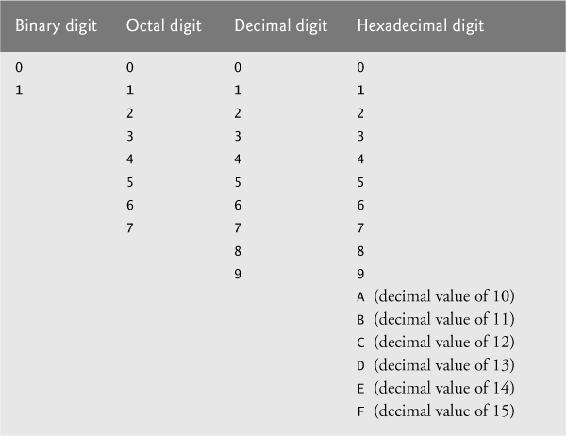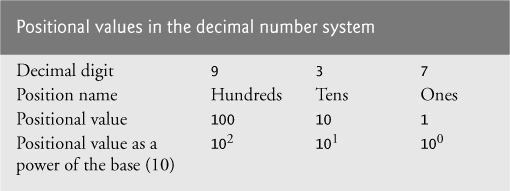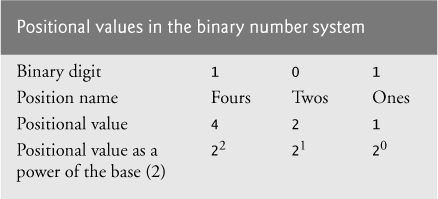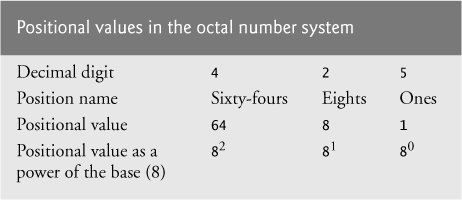Paul Deitel - C for Programmers with an Introduction to C11
Here you can read online Paul Deitel - C for Programmers with an Introduction to C11 full text of the book (entire story) in english for free. Download pdf and epub, get meaning, cover and reviews about this ebook. year: 2013, publisher: Prentice Hall, genre: Home and family. Description of the work, (preface) as well as reviews are available. Best literature library LitArk.com created for fans of good reading and offers a wide selection of genres:
Romance novel
Science fiction
Adventure
Detective
Science
History
Home and family
Prose
Art
Politics
Computer
Non-fiction
Religion
Business
Children
Humor
Choose a favorite category and find really read worthwhile books. Enjoy immersion in the world of imagination, feel the emotions of the characters or learn something new for yourself, make an fascinating discovery.
- Book:C for Programmers with an Introduction to C11
- Author:
- Publisher:Prentice Hall
- Genre:
- Year:2013
- Rating:3 / 5
- Favourites:Add to favourites
- Your mark:
C for Programmers with an Introduction to C11: summary, description and annotation
We offer to read an annotation, description, summary or preface (depends on what the author of the book "C for Programmers with an Introduction to C11" wrote himself). If you haven't found the necessary information about the book — write in the comments, we will try to find it.
The professional programmersDeitel guide to procedural programming in C through 130working code examples
Written for programmers with a background inhigh-level language programming, this book applies the Deitelsignature live-code approach to teaching the C language andthe C Standard Library. The book presents the concepts inthe context of fully tested programs, complete with syntax shading,code highlighting, code walkthroughs and program outputs. The bookfeatures approximately 5,000 lines of proven C code andhundreds of savvy tips that will help you build robustapplications.
Start with an introduction to C, thenrapidly move on to more advanced topics, including building customdata structures, the Standard Library, select features of thenew C11 standard such as multithreading to help youwrite high-performance applications for todays multicoresystems, and secure C programming sections that show you howto write software that is more robust and less vulnerable.Youll enjoy the Deitels classic treatment ofprocedural programming. When youre finished, youllhave everything you need to start building industrial-strength Capplications.
Practical, example-rich coverage of:
C programming fundamentals
Compiling and debugging with GNU gcc andgdb, and Visual C++
Key new C11 standard features: Typegeneric expressions, anonymous structures and unions, memoryalignment, enhanced Unicode support, _Static_assert,quick_exit and at_quick_exit, _Noreturn function specifier, C11headers
C11 multithreading for enhancedperformance on todays multicore systems
Secure C Programming sections
Data structures, searching andsorting
Order of evaluation issues,preprocessor
Designated initializers, compoundliterals, bool type, complex numbers, variable-length arrays,restricted pointers, type generic math, inline functions, andmore.
Visit www.deitel.com
For information on Deitels DiveInto Series programming training courses delivered atorganizations worldwide visit www.deitel.com/training or write to deitel@deitel.com
Download code examples
To receive updates for this book,subscribe to the free DEITEL BUZZ ONLINE e-mail newsletter atwww.deitel.com/newsletter/subscribe.html
Join the Deitel social networkingcommunities on Facebook at facebook.com/DeitelFan, Twitter @deitel,LinkedIn at bit.ly/DeitelLinkedIn and Google+ at gplus.to/Deitel
Paul Deitel: author's other books
Who wrote C for Programmers with an Introduction to C11? Find out the surname, the name of the author of the book and a list of all author's works by series.

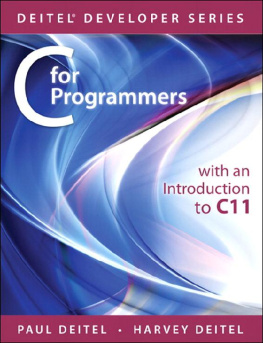
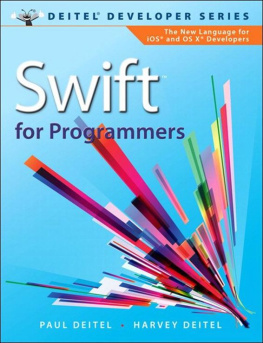
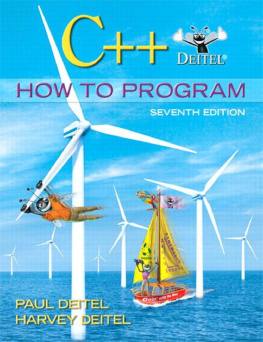


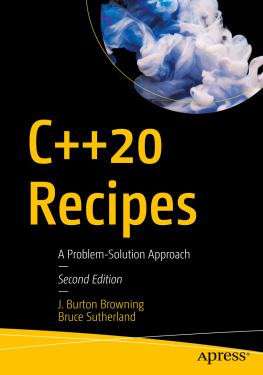

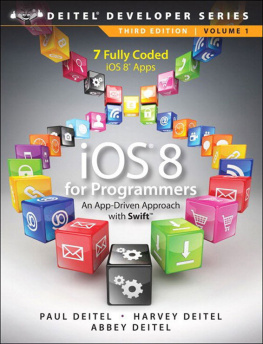

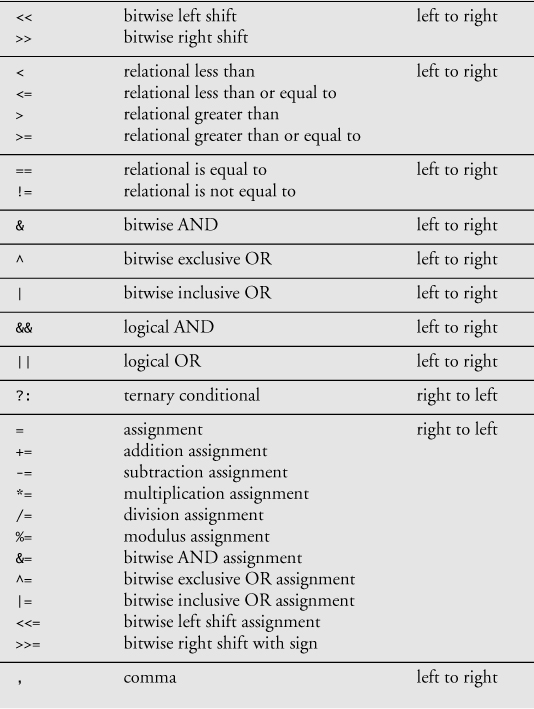
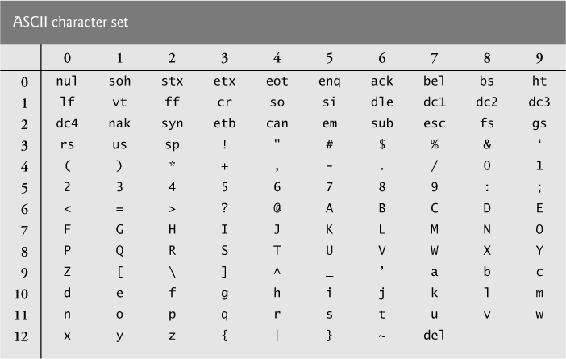
 Understand basic number systems concepts such as base, positional value and symbol value.
Understand basic number systems concepts such as base, positional value and symbol value.